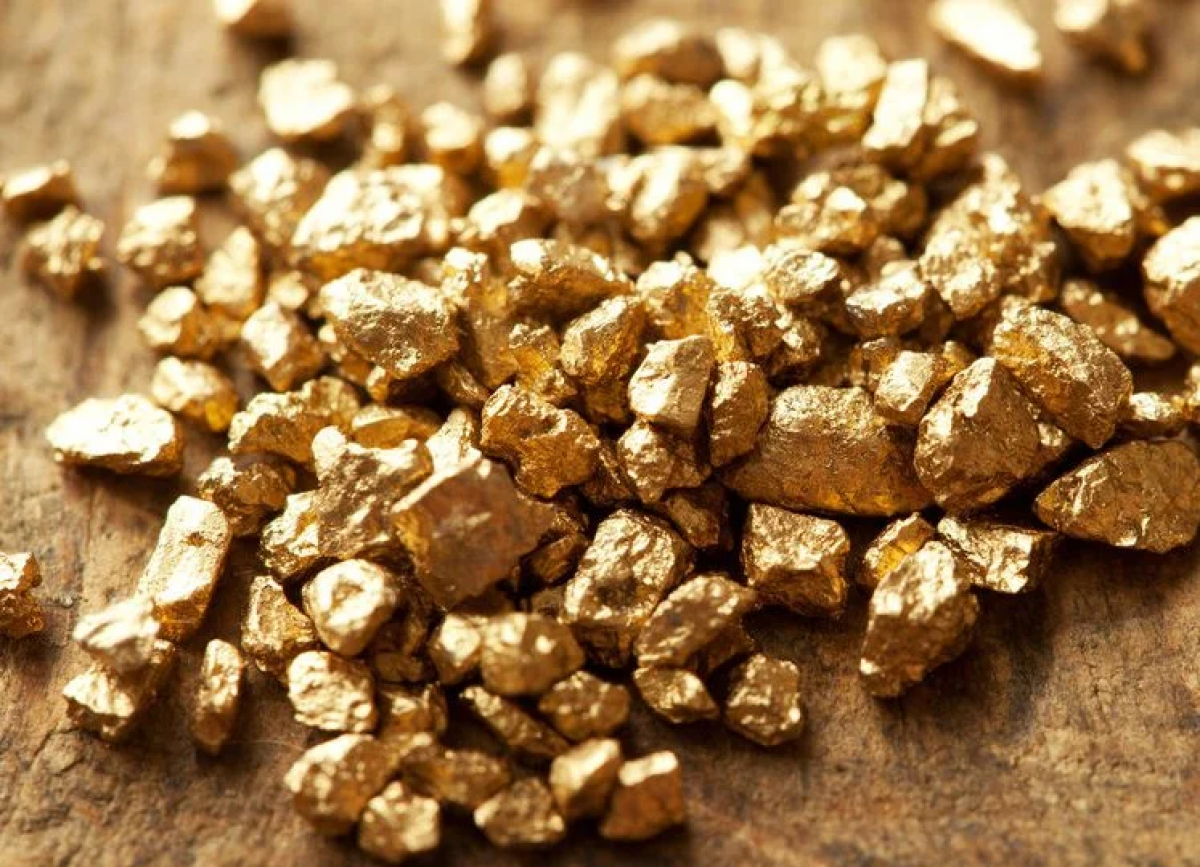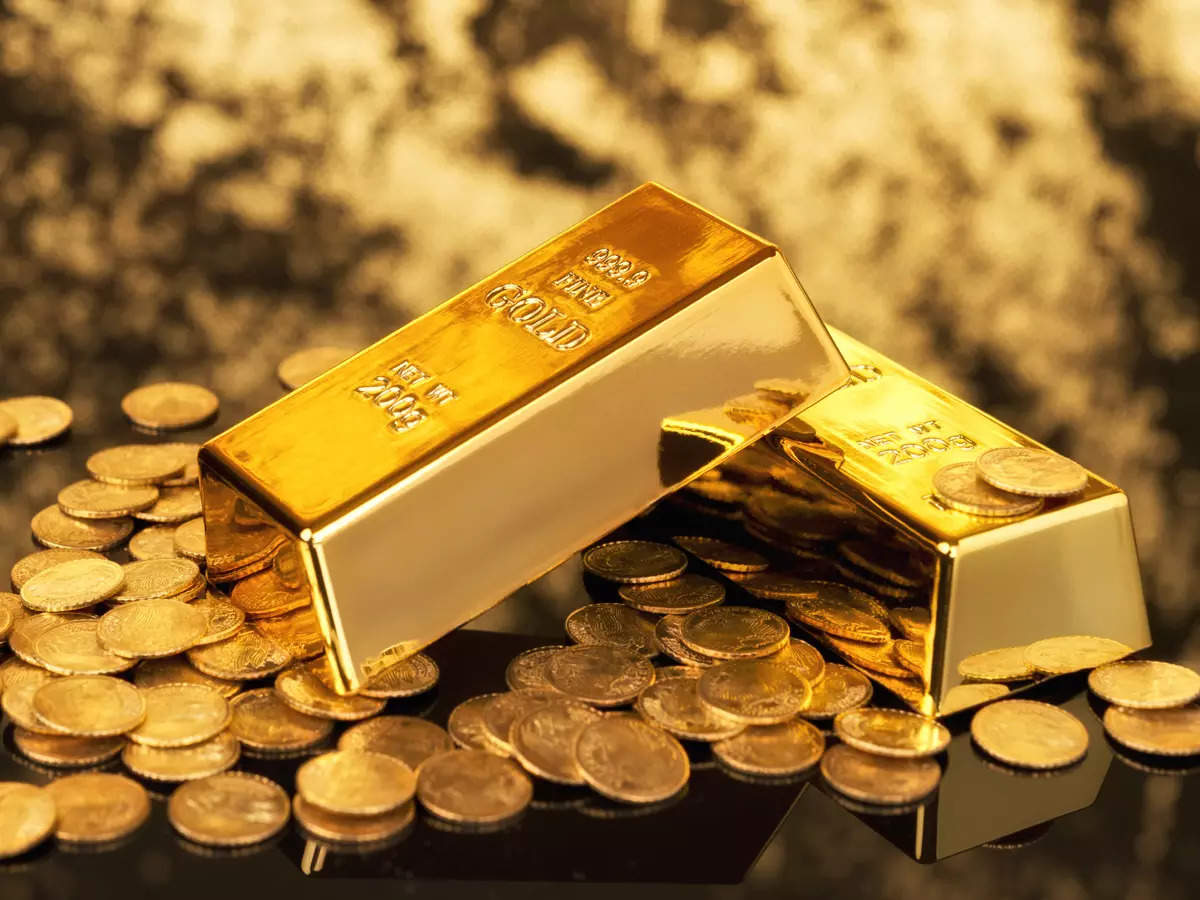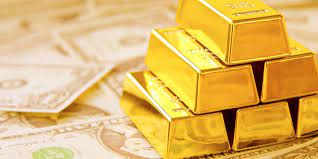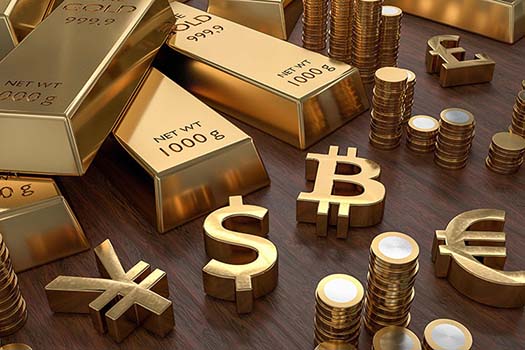What Are Gold Futures?
What Are Gold Futures?
Exchange-traded contracts for delivery of a certain quantity of gold at a predetermined price and future date are known as gold futures contracts.
Companies in the precious metals business can hedge their gold price risk by purchasing or selling gold futures.
They also provide an accessible and convenient way for investors to participate in the gold market.
The greatest store of value is gold. The principal use of gold futures contracts may be to act as an inflation hedge. When inflation rises, nearly all asset prices go down except gold, therefore gold is known to be a great hedge against inflation.
Gold’s futures contract liquidity frequently makes it easier to benefit from opportunities in practically all market conditions.
How To Invest In Gold Futures
Diversifying your investment portfolio with precious metals is a smart move. Smoothing out the market’s volatility is achieved by incorporating non-correlated securities.
Over the long term, they may also boost your returns and lower your risk. Investing in precious metals is possible in a variety of ways. Investing in gold futures will be explained in this post.
If you’re thinking of diversifying your investment portfolio with derivatives, talk to a professional financial advisor first.
Ways To Invest In Gold
Investors have many choices when it comes to investing in gold. Each has its own pros and cons and can be a good option, depending upon your circumstances.
Gold bullion: The ownership of gold bars is widely considered to be among the most successful strategies for investing in gold.
Gold bars ranging in weight from a few grams to much more than 400 ounces are popular purchases among investors. Bars weighing 1 ounce and 10 ounces are by far the most common sizes.
Bullion banks: Gold accounts can either be allocated or unallocated, and precious metal dealers typically offer both. Gold that has been allocated is a resource that cannot be utilized for any other objectives.
Unallocated bank accounts are essentially the same as the bank’s unsecured creditors in other words.

Gold jewelry: A common option for casual investors because it provides multiple benefits, including something to wear, the potential for appreciation, and the capacity to be covered by the majority of homeowner insurance policies..
Gold futures: Investors are able to profit from any future fluctuations in the price of gold thanks to these contracts.
A futures contract, in contrast to an options contract, mandates that both parties carry out the transaction in its entirety, regardless of whether or not doing so will result in financial gain.
Mutual funds and ETFs that own gold: These funds track the price of a commodity effectively while sparing investors the hassle and potential loss associated with ownership of physical gold.
Your overall returns will be lower as a result of fund fees.
Gold coins: Coins are frequently considered collectibles and can have value systems that are not always proportional to the price of gold.
Gold coins typically weigh between one and two ounces, but there are also some that are smaller.
Mining stocks: holding shares in gold-producing companies as an investment.
In the event that the miner is able to produce more gold and the price of gold continues to rise, the mine’s value may increase.
Mutual funds and ETFs that own mining stocks: Investing in a fund saves time and reduces the anxiety associated with choosing a proper mining company.
In addition, funds provide instant diversification as well as professional expertise in the relevant field.











